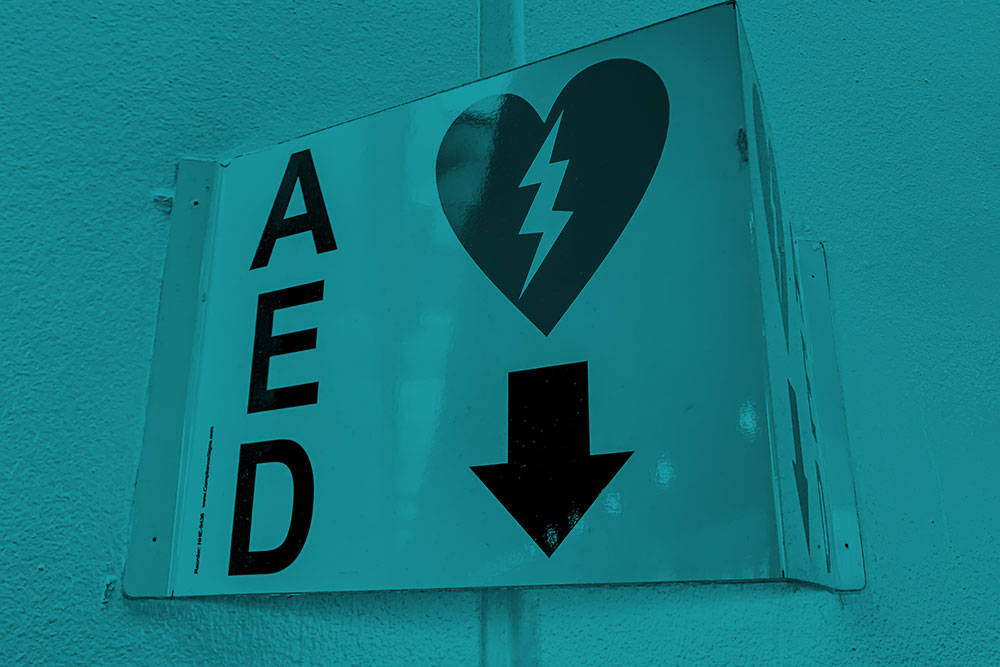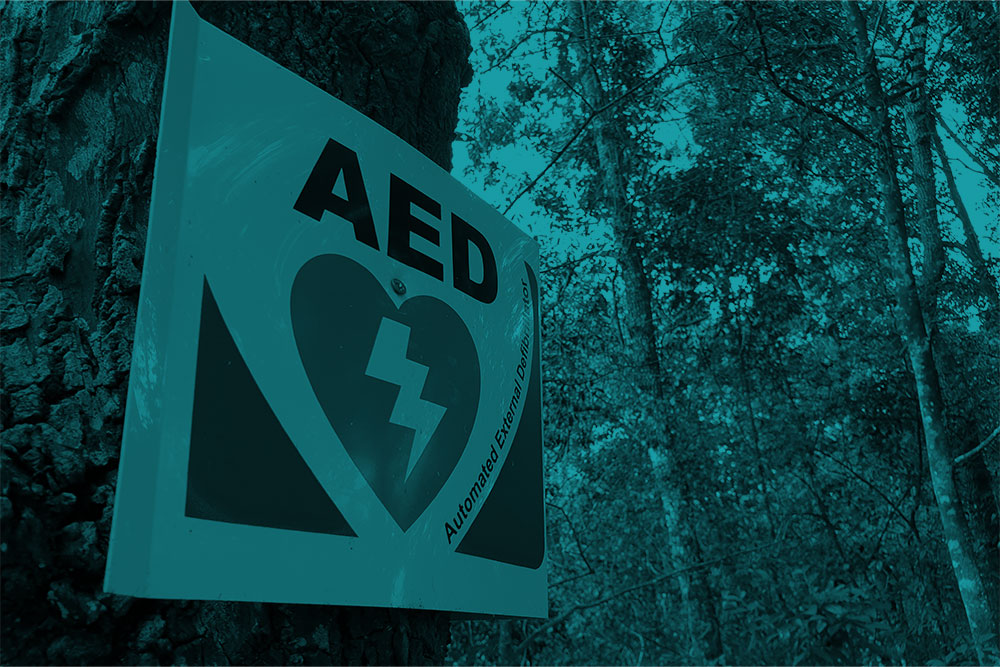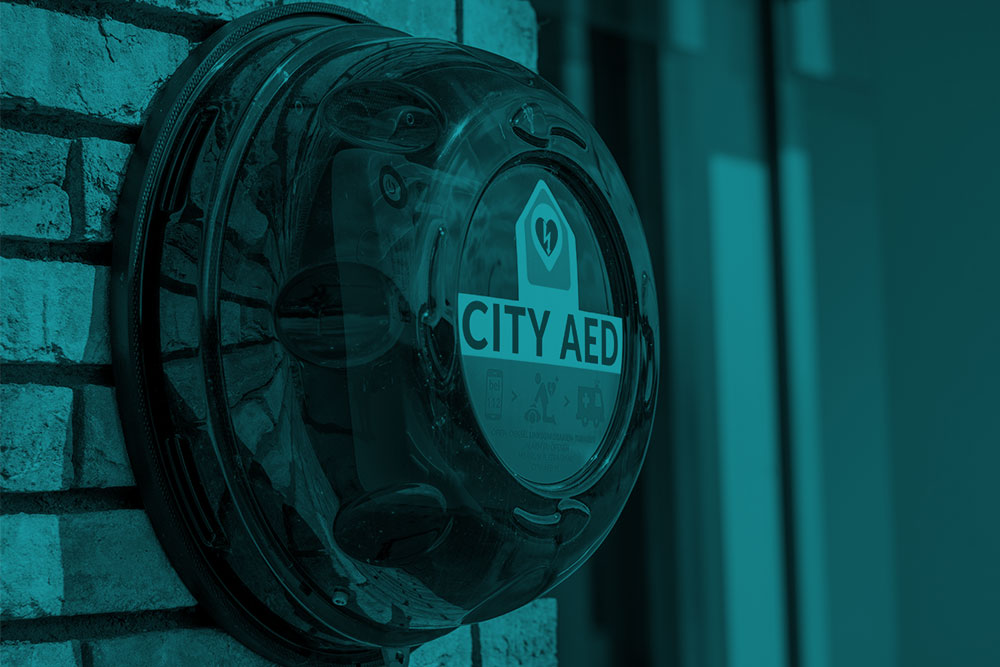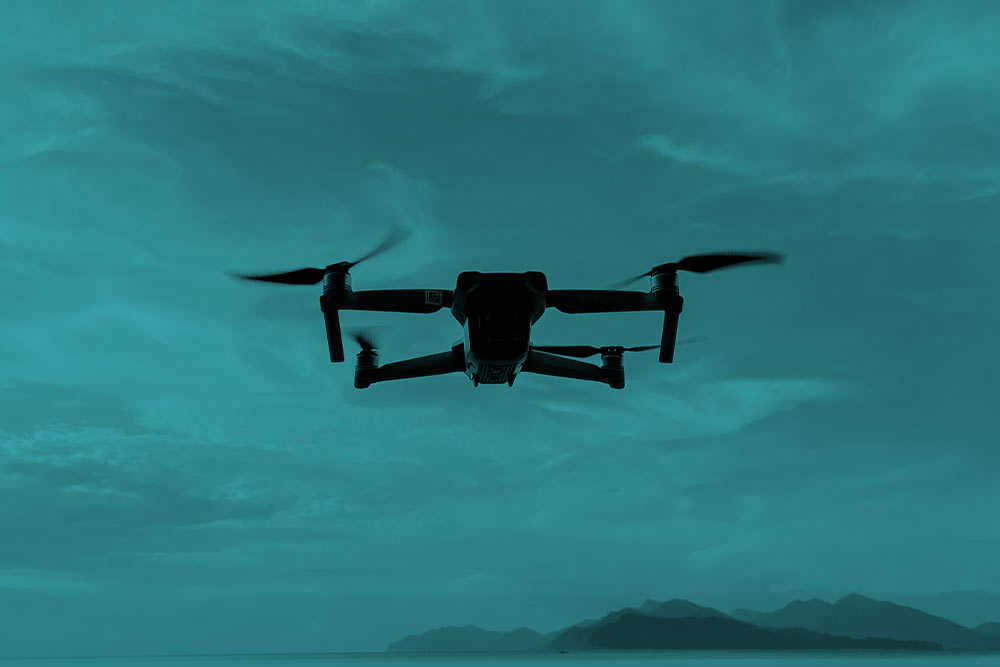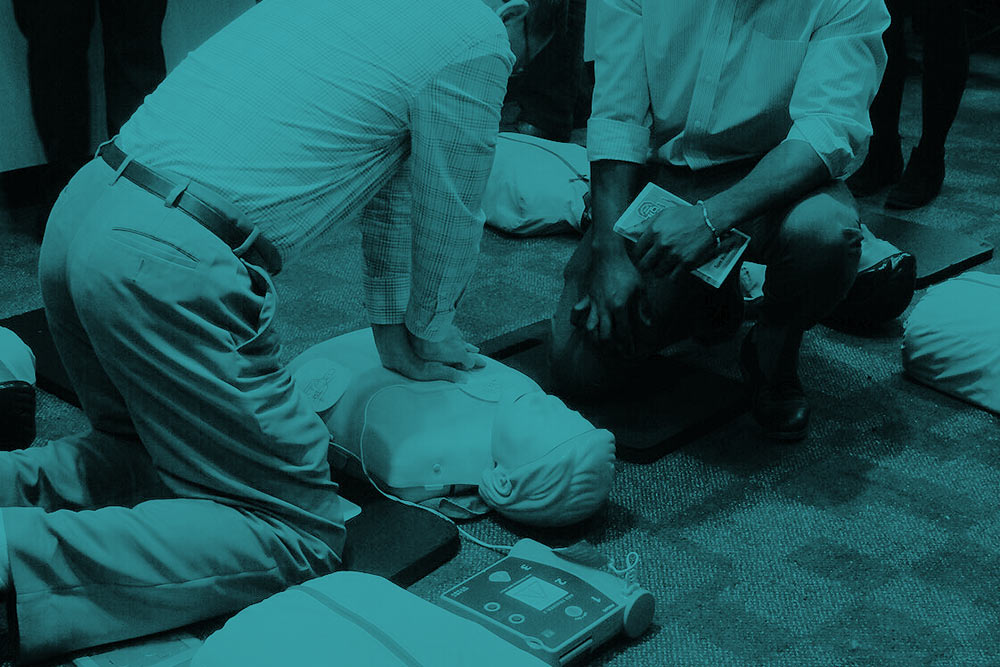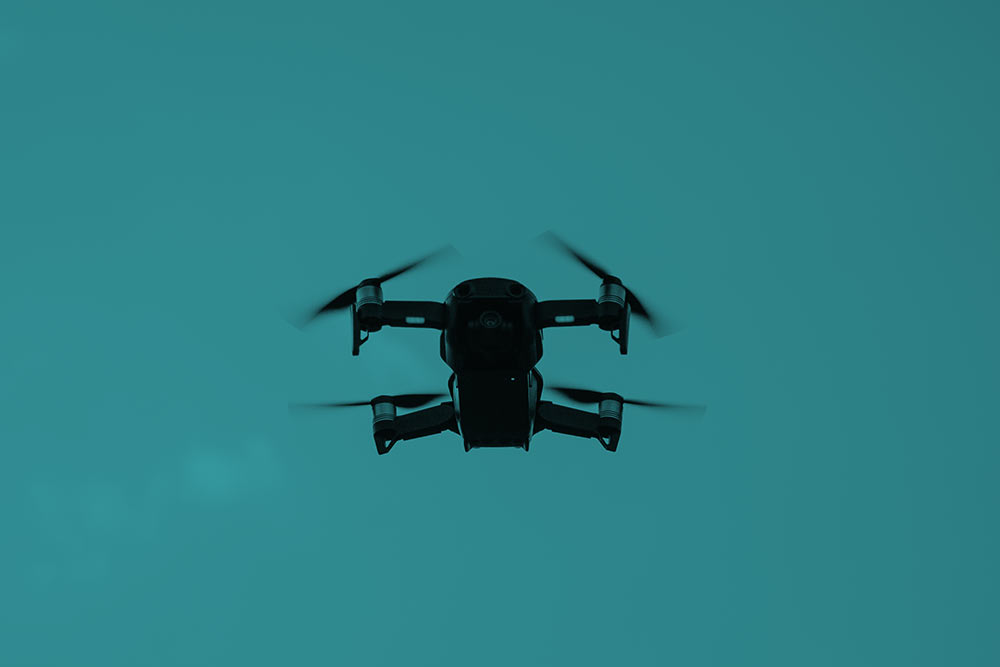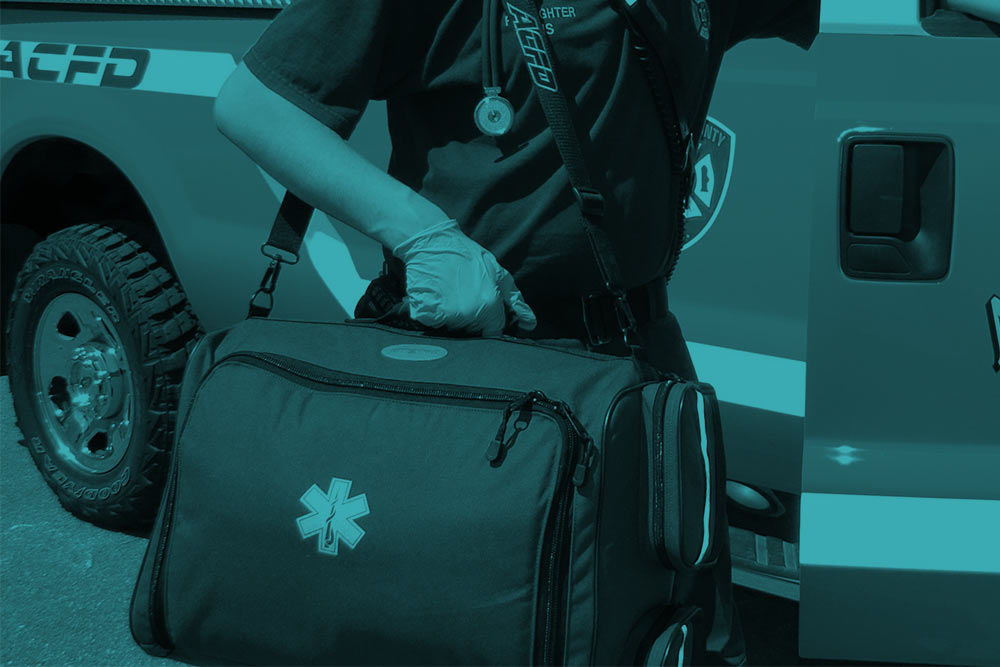Access time to emergency patients is a critical factor that affects the outcomes of life-or-death situations, especially in the cases of out-of-hospital cardiac arrests (OHCA). This study focused on developing a new model of emergency medical services (EMS) using a motorcycle-based ambulance (motorlance) with an automated external defibrillator (AED). There are currently no studies regarding access time for this vehicle. This study aimed at utilization of an AED in conjunction with motorlance and comparing the response time between a traditional ambulance and a motorlance. This was a prospective study from September 2021 to January 2022. Data were recorded employing a national standard of operations record form used for Thailand EMS departments nationwide.
Results: The 891 cases were divided into two groups which were motorlance and ambulance. The activation times for motorlance and ambulance were 0.44 minutes and 1.42 minutes, respectively (p < 0.001) and the response time in the motorlance group was 7.20 minutes compared with 9.25 minutes in the ambulance group. In OHCA, the motorlance with AED arrived at patients location and assisted to continue resuscitation at the hospital 88.9% of the time.
Conclusion: AED used in conjunction with motorcycle ambulances had shorter periods of both activation time and response time compared to ambulances. The use of AEDs clearly increases the number of continuous resuscitations in out-of-hospital cardiac arrest patients.



